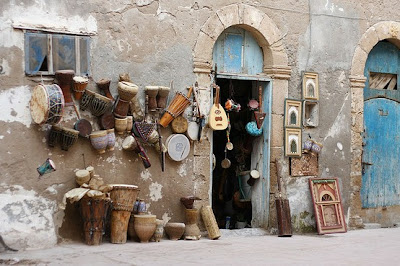Dunham was fascinated by the origins of popular dances at the time (like the Lindy hop and the cake-walk) and how they evolved into their modern variations. In 1936 she was awarded a Rosenwald Travel Fellowship, and after graduating she travelled throughout the Caribbean to study creole syncretism and how both African and European elements created the specific culture of each island. She visited Jamaica, Martinique, Trinidad and Tobago, and ended up in Haiti.
It was in Haiti that Dunham felt most at home, and she returned there many times throughout her life. She studied Vodoun and its rituals, and eventually became a priestess of the religion.
Back in the U.S. she was considered a founder of Dance Anthropology. And if you think she may have been bored between her Haitian trips, think again. She kept busy dancing, choreographing, writing, and teaching, influencing dance from Broadway to Hollywood.
Katherine Dunham traveled to six continents and 57 countries, and lived to the ripe old age of 96. She also remained actively involved in both dance and Haitian politics her entire life. In 1992, at age 82, she went on a 47 day hunger strike in protest of the U.S. foreign policy of forced repatriation towards Haitian refugees.
Now that is a lady to admire.















































